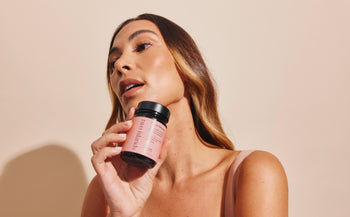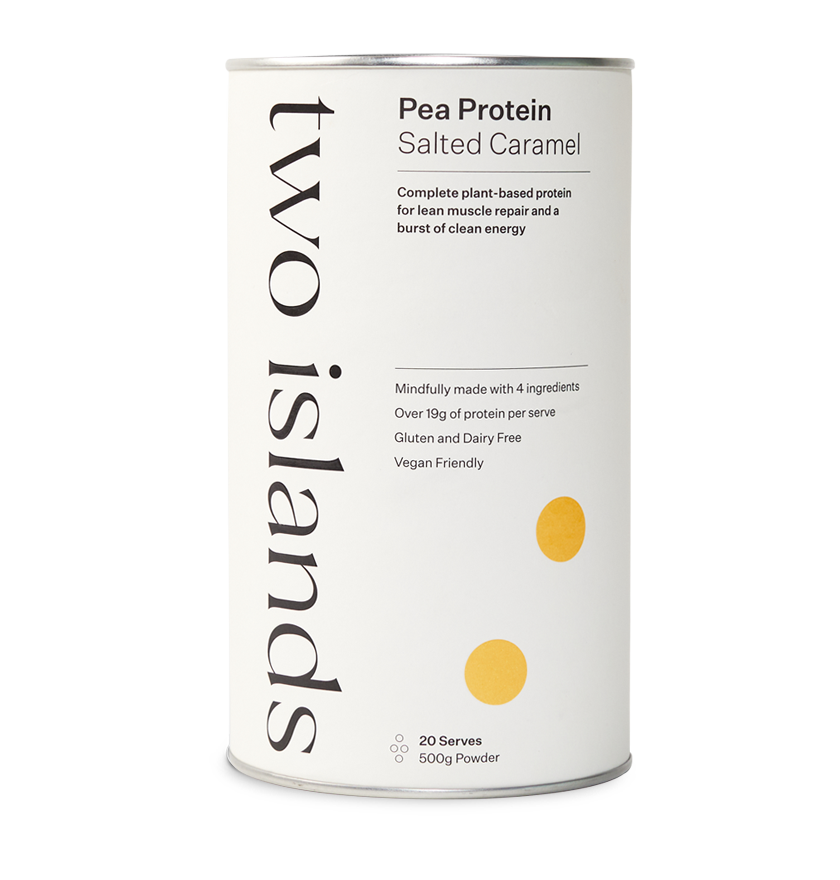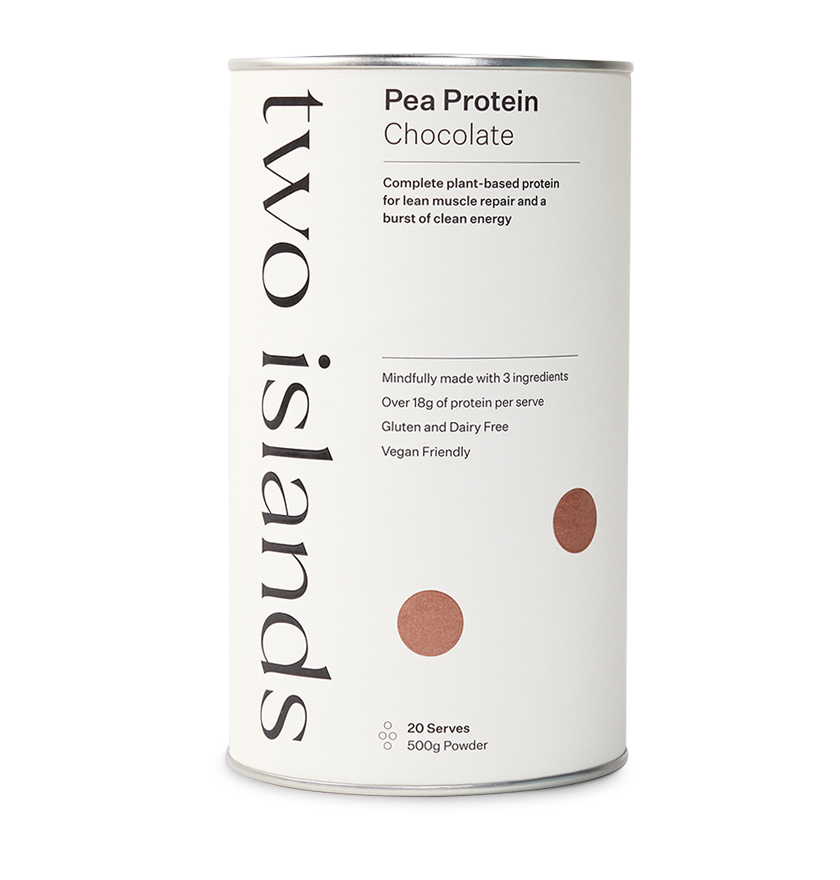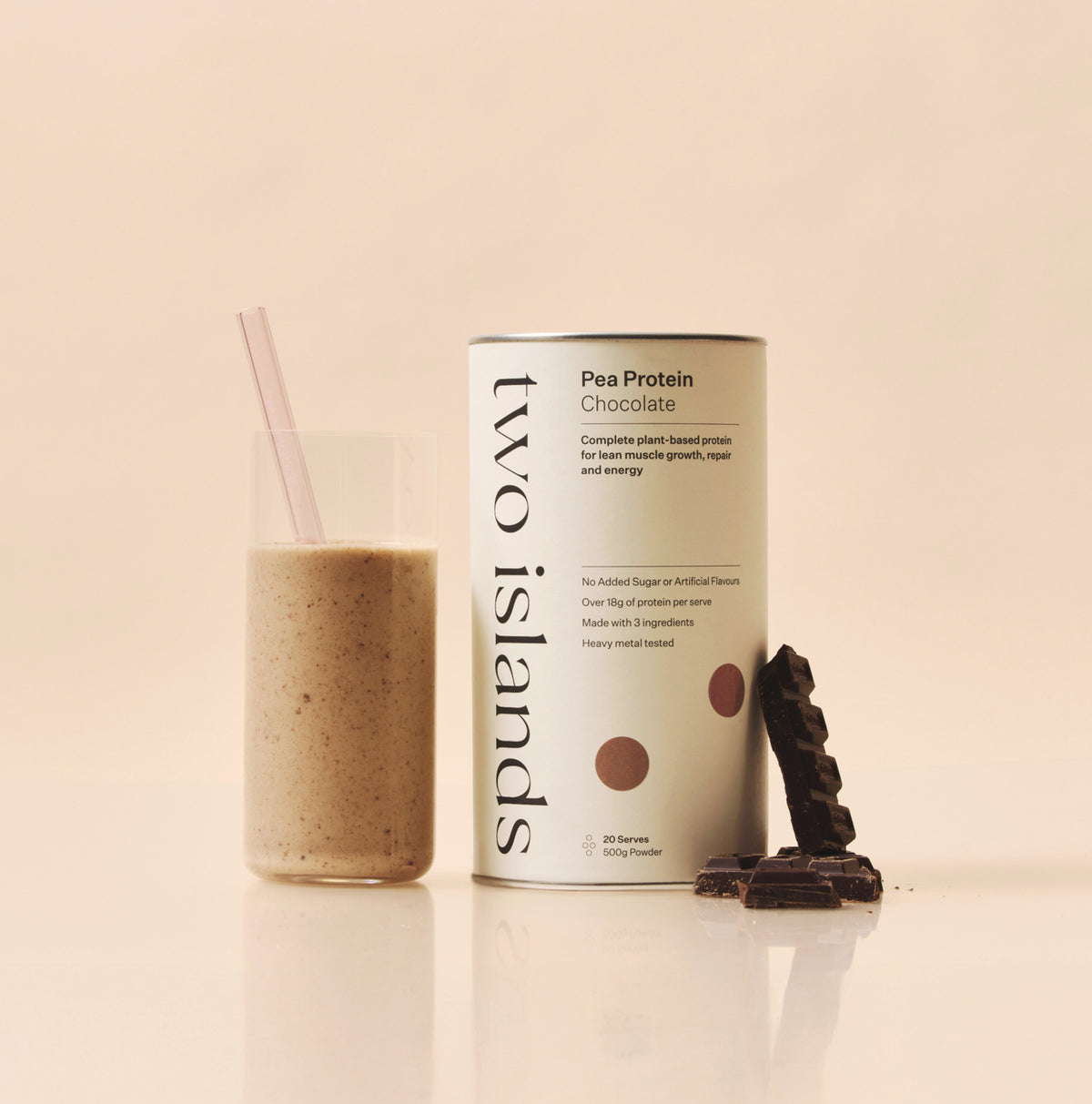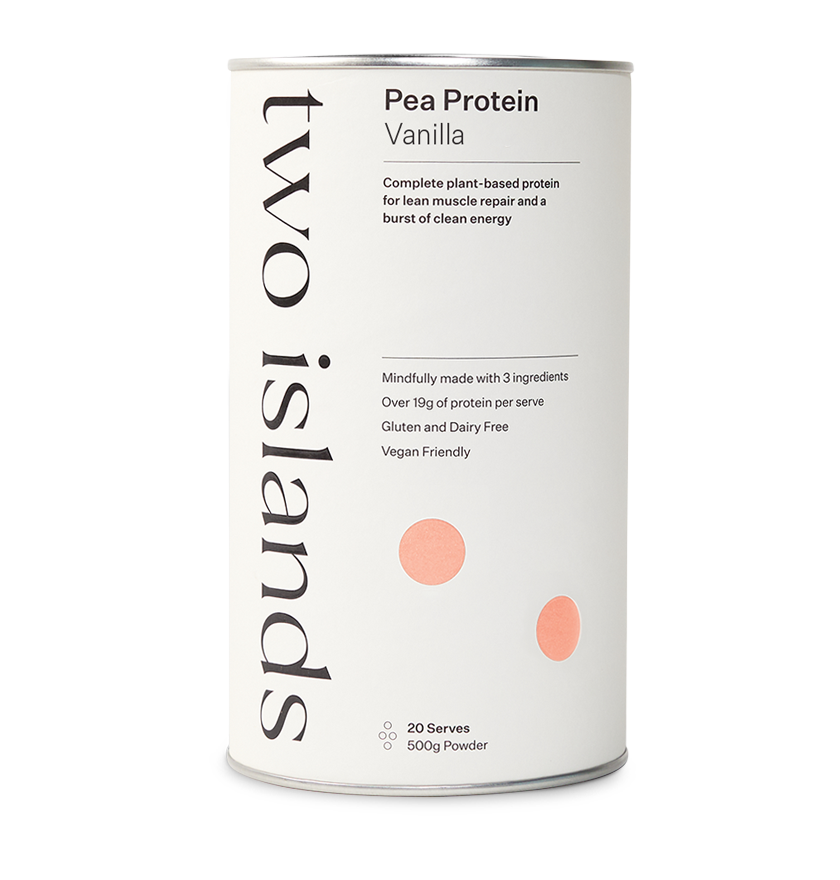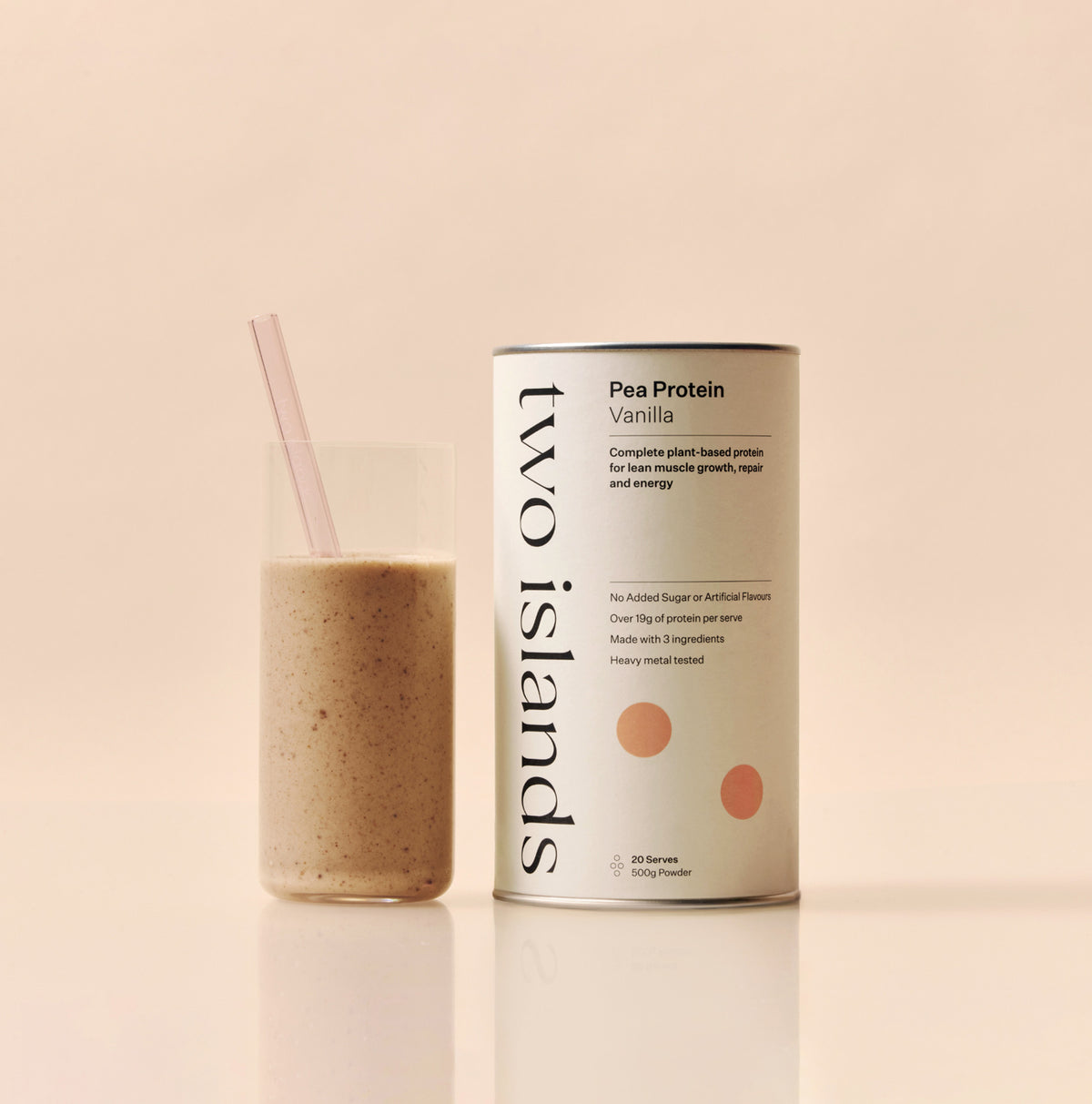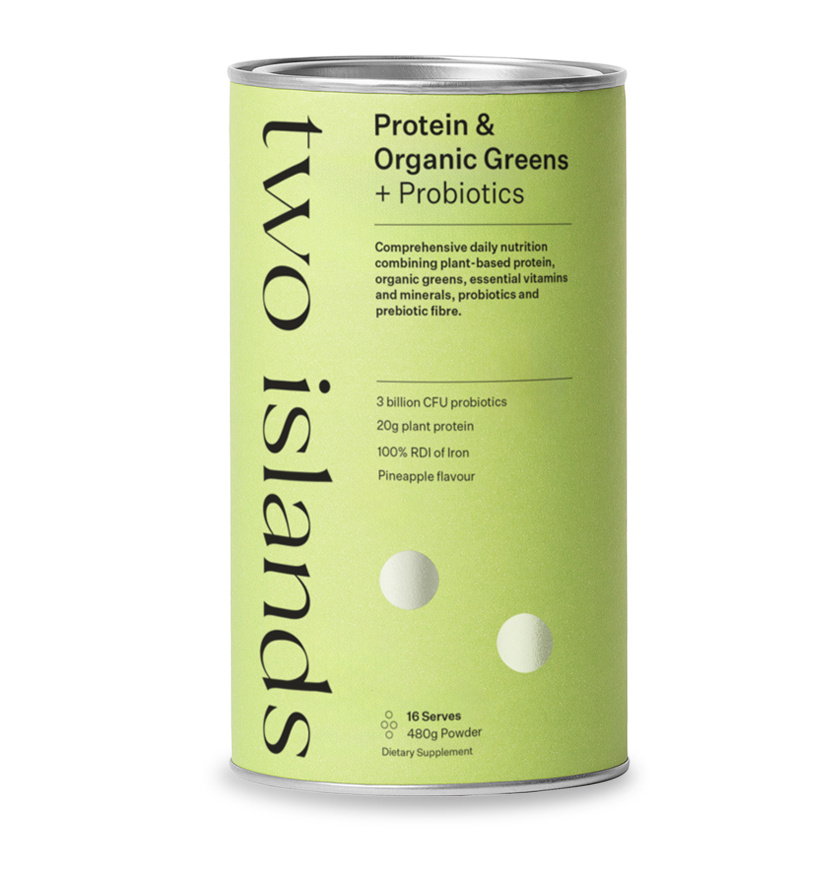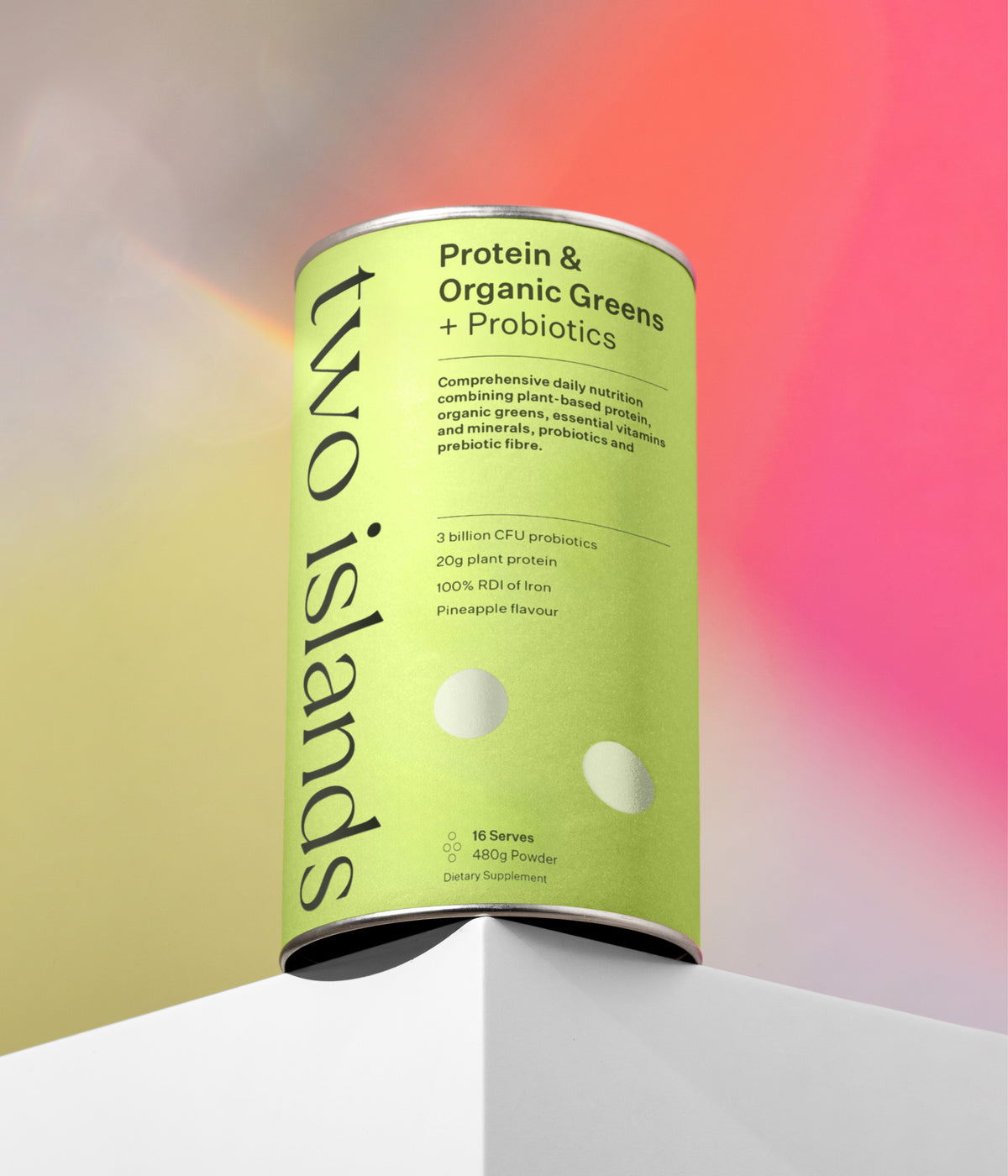
A Guide to the Right Protein Powder for You
07.20.2021Trying to choose the right protein can be a daunting task. With so many options, knowing which brand, type, flavour and how much protein you need are all factors to consider when choosing the right protein for you.
Fortunately, we’ve come up with this handy guide to help you make the right choice when it comes to the best protein for you and your goals.
To begin, there is no one-size-fits-all protein that is right for everyone. The right protein for you will depend on a number of factors including your goals, your lifestyle and your diet.
It’s important to know the difference between the different types of protein available so you can make an informed decision about which protein powder is most suited to your needs.
It’s also important to understand why you may or may not need to supplement your diet with a protein powder and that’s where we will start.
Should you use protein powder?
People choose to supplement their healthy, varied diet with a protein powder for a variety of reasons. Some want to build muscle mass and others want to support tissue repair or bone maintenance. For some, it’s all about ensuring they have a balanced diet that includes enough protein to nourish the body.
Whatever the reason for including protein powder as part of your routine, it’s important to understand the differences between the various types of protein and how these can be used to help achieve your goals.
Protein powder has often been associated with people who go to the gym and want to bulk up. The truth is, that’s only a small percentage of those who choose to use protein powder to supplement their diet.
Protein powder is for everyone. Proteins are the building blocks for life. They are found in every cell in the body, all 37 trillion of them, from our muscles, cartilage, blood, skin, hair and nails.
Adult women are just as likely to fall short of the recommended daily protein intake, especially during pregnancy or when breastfeeding. An average adult woman needs around 46g of protein a day, but this jumps up to 60g when pregnant or 67g when breastfeeding (Source: Nutrition Foundation NZ). This number also jumps up for particularly active women.
To understand whether you need to use protein powder, let’s take a look at how much protein you need in your daily diet.
How much protein do I need?
According to the Harvard Medical School, “The Recommended Dietary Allowance (RDA) for protein is a modest 0.8 grams of protein per kilogram of body weight. The RDA is the amount of a nutrient you need to meet your basic nutritional requirements. In a sense, it’s the minimum amount you need to keep from getting sick — not the specific amount you are supposed to eat every day.”
As part of a healthy, varied diet, protein supports tissue building and repair, contributes to the growth and maintenance of muscle mass as well as bone maintenance.
For most people, these aren’t an issue. Most people eating the average western diet are not protein deficient, however, that’s not to say that they couldn’t benefit from a protein boost through a daily protein supplement.
To understand if you are getting enough protein in your diet naturally through whole foods, here are some of the most common foods that are protein rich:
| Food | Protein (grams) |
| 85 grams of steak | 26 |
| 85 grams of tuna, salmon, snapper or trout | 22 |
| 85 grams of cooked chicken or turkey | 21 |
| 170 grams of plain Greek yoghurt | 17 |
| ½ cup cottage cheese | 14 |
| ½ cup cooked beans | 8 |
| 1 cup of milk | 8 |
| 1 cup cooked pasta | 8 |
| ¼ cup or 1 ounce of nuts (all types) | 7 |
| 1 egg | 6 |
| ½ cup quinoa | 4 |
| ½ cup peas | 4 |
| ½ cup spinach | 3 |
As protein plays an important role in many vital bodily functions, it makes sense to fuel your body with the necessary amount of protein every day to keep yourself in optimal condition. If you are consistently falling short on your protein intake, are active or exercise a lot, or need an on-the-go protein option, protein powder can be great to keep on hand.
One of the best things about a protein supplement is that it’s easy to have on hand as a quick and easy snack when life gets busy, helping to ensure that you maintain your protein intake and have the energy for everything that life throws at you.
Protein from whole foods
Whilst protein powders are great for supplementing your daily protein intake, there is no substitute for the protein consumed through whole foods. That’s because whole foods not only contain protein, but they also contain other nutrients including vitamins and minerals, which no protein powder supplement can replicate.
When foods are processed to create protein powders, certain nutrients may be stripped, and others may be added back in. This can be beneficial and other times not. It’s important to maintain a balanced diet and the use of a protein powder should be to supplement your natural protein intake through whole foods.
Different types of protein powder
Choosing the right protein powder for you is typically down to personal preference. Besides ethical considerations—such as whether you prefer a plant or animal source—you might also want to think about food intolerances and sensitivities.
Whilst protein powders are down to personal preference, it’s important to understand what you will get from each type of protein powder. Here is a review of some of the most common types of protein powder:
Plant-based protein powders
Plant-based protein powders are growing in popularity. Not only do they appeal to vegetarians and vegans, but they are also proving to be as effective as other types of protein powder when it comes to supplementing your daily protein intake.
One thing to remember, however, is that not all plant-based protein powders are complete proteins. As long as you eat a varied diet with a mix of different protein sources, you will still get all the amino acids you need.
Pea protein is a supplement made by extracting protein from yellow peas and is hypo-allergenic, making it a great fit for almost any diet. Pea protein is high protein, typically containing 77-81% protein as well as being a good source of iron.
Pea protein powder contains all nine essential amino acids and is a good source of iron. Two Islands Pea Protein Powder is a high quality pea protein supplement that is smooth with a grit free texture.
Pea protein not only delivers a high-quality dose of protein, it’s also a more sustainable, environmentally friendly choice than many other protein powders. It’s vegan friendly, Whole30 and paleo-approved as well as being dairy free.
Learn more about pea protein powder and discover more about our own Two Islands Pea Protein Powder.
Soy protein is effective for promoting muscle growth, and it’s also a complete protein. In fact, research shows soy protein supplementation produces similar gains in both strength and lean body mass as whey protein in response to resistance training.
Brown rice protein is a good choice for vegans or those who can’t tolerate dairy products. It is allergen friendly and contains most of the benefits that whey has to offer, and it’s 100% plant-based and gluten free.
It’s low in amino acid lysine, so it’s not a complete protein source. It can be harder to digest than other plant-based protein sources and typically has a more gritty texture.
Hemp protein is 100% plant-based and in addition to being a good source of protein it’s also rich in omega-3 fatty acids and high in fibre. Like rice protein, hemp is low in lysine, so it’s an incomplete protein.
Hemp protein also has an unpleasant texture and taste so it often needs to be masked in other food sources like porridge or a smoothie, however the taste can still be overpowering. Hemp protein tends to me more expensive than other protein supplements.
Milk-based protein powders
These are the most popular and most studied protein powders and as the name suggests, they are made from milk and are a complete source of protein. Different milk-based protein powders include:
Whey comes from cow’s milk and is easy to digest for those who do not have any digestive issues related to lactose consumption. It contains all the essential amino acids our body requires.
Look for a whey protein powder with at least 50% protein.
Casein also comes from cow’s milk that you’ll find mostly in two forms: micellar casein (an isolate) and hydrolysed casein.
With casein, the amino acids stay intact and don’t break down as much.
Other animal protein powders
For those who can’t or prefer not to use dairy products, there are several other types of animal-derived protein powder. These include:
Egg white - like all animal products, eggs are a complete protein source. That means they provide all nine essential amino acids that your body can’t make itself.
Egg-white protein could be a good choice for people with dairy allergies who prefer a supplement based on animal protein.
Bone broth protein is made by cooking chicken bones, ligaments and tendons in water under high pressure and sustained high heat.
Much of the protein in bone broth is from collagen. So, similar to collagen peptides, it’s not a complete source of protein.
What else is contained in protein powder?
While sweeteners, flavouring and thickeners are common in protein powders, some contain more than others. Here’s a look at the most common ingredients in protein powders, plus how to make sense of them.
Protein
All ingredients are listed by weight so protein should always be the first ingredient listed. The amount of protein can vary wildly from protein powder to protein powder. At Two Islands, our Vanilla Protein Powder has the highest protein content at 94.7%. Our Peanut Butter Protein Powder contains 69.3% pea protein but is also made up of 30% peanut butter powder providing a total of 71.3% protein.
Sweeteners
Flavoured protein powders will use some type of sweetener and these can be natural or artificial. Ideally, you want to ensure the amount of sugar per serving is less than 5g, however the lower the better.
At Two Islands, we use natural flavourings in all our protein powder flavours and this is supplemented by monk fruit extract to help with the overall taste of our protein powders. We have worked hard to ensure we keep the amount of sugar in our products as low as possible. Our Salted Caramel Protein Powder, for example, contains just 0.2g of sugar per serving which is well below the recommended amount.
Keep an eye out for artificial sweeteners such as aspartame or sucralose as these can add to the calorific intake from certain types of protein powder.
Flavouring
We have touched on the fact that we only use natural flavouring in all of our protein powder flavours but this is not true of all protein powders.
Artificial flavours are generally recognised as safe when consumed at the intended levels, such as the small amounts found in protein powders.
The only exception to this would be if you have an allergy to a specific ingredient. If a natural flavour contains one or more of the eight major food allergens, it must be listed in the ingredients.
Our advice? Always check the ingredients and nutritional information of any protein powder you are considering.
Thickening agents
Protein powders often include substances that provide bulk for a thicker protein shake. These generally include psyllium husk, dextrins, xanthan gum/guar gum and inulin.
At Two Islands, our protein powders do not include any sort of thickening agent.
How are protein powders usually consumed?
Depending on your goal, protein powders can be consumed in a number of different ways. For most people, a protein shake is the most common way to consume protein powder and this can be mixed with water or milk depending on your preference. At Two Islands, we've formulated our protein powders to be smooth enough to have simply on their own in water or your milk of choice.
People will also look to add other ingredients to their protein shake, both to enhance the overall flavour profile but also as a way to boost the nutrients they are consuming through their protein shake.
If you are looking for a pure protein boost, mixing protein powder with water or milk is the most common way to consumer protein powder. Alternatively, add your protein powder to your favourite smoothie and ensure you include other ingredients like fruit, vegetables and healthy fats for a nutrition boost.
Some people do choose to consume protein powder in non-shake format by adding the powder to food they are already eating. Typically, this would be at breakfast and added to cereal or porridge.
What to look for when choosing a protein powder
As you can see, there is a lot of information to consider when choosing a protein powder. At Two Islands, we have made it our mission to bring you a high quality protein powder that contains all the essential amino acids, is high in protein and free of dairy and gluten. Our protein powder serves to support tissue building and repair, the growth and maintenance of muscle mass, well as the maintenance of healthy bones as part of a healthy, varied diet.
To find out more about protein powder, read our Why Protein? post and discover more about the benefits of protein powder
We hope you have found this guide helpful but don’t hesitate to drop us a line at hello@twoislandsco.com if you have any more questions about whether protein powder is right for you.
